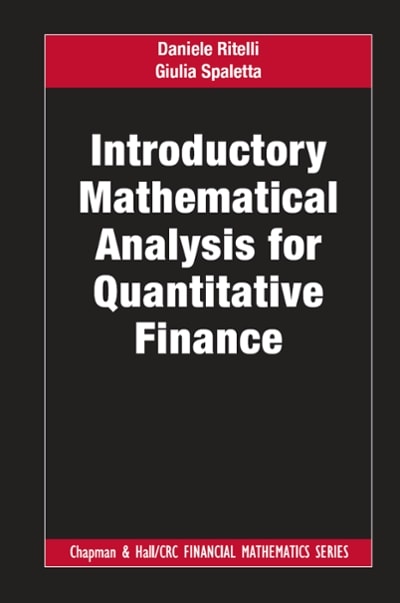Question
An online game awards prizes for every level a player passes. There are 5 possible prizes and the programmers of the game claim that a
An online game awards prizes for every level a player passes. There are 5 possible prizes and the programmers of the game claim that a prize is randomly selected after each level. One of the prizes is 100 coins. Elizabeth, has played the game for a while and believes that the coin prize is won less than 20% of the time. To test this claim, Elizabeth recorded the prizes she won after a random sample of 80 levels and tested these hypotheses:
Ho: p = .2
Ha: p <.2
where p = the true proportion of times the coin prize is won. Elizabeth won the coin prize 12 times in the sample of 80 games. When the she performed a significance test, she obtained a P-value of 0.1318. What is the meaning of this P-value in context?
Assuming the true proportion of times the coin prize won is 20%, there is a probability of 0.1318 of getting a sample of 12 or fewer wins in a random sample of 80 games.
Assuming the true proportion of times the coin prize won is less than 20%, there is a probability of 0.1318 of getting a sample of 12 or fewer wins by chance alone in a random sample of 80 games.
Having a sample proportion of 12 out of 80 in a random sample of 80 games is the true probability or p-value.
None of the above
Step by Step Solution
There are 3 Steps involved in it
Step: 1

Get Instant Access to Expert-Tailored Solutions
See step-by-step solutions with expert insights and AI powered tools for academic success
Step: 2

Step: 3

Ace Your Homework with AI
Get the answers you need in no time with our AI-driven, step-by-step assistance
Get Started


